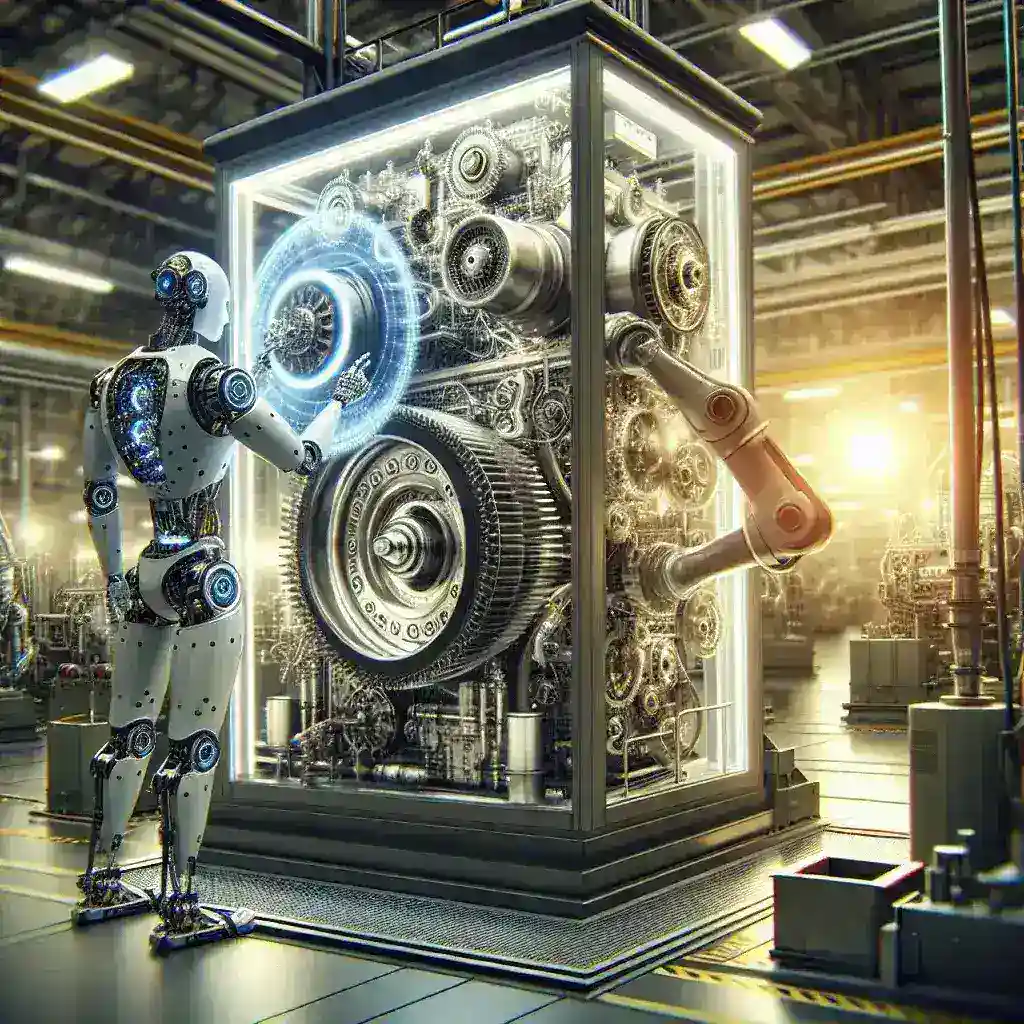The Emergence of AI in Predictive Maintenance
In recent years, Artificial Intelligence (AI) has significantly transformed various industries, and predictive maintenance for industrial equipment is no exception. AI-driven predictive maintenance uses advanced algorithms and machine learning to foresee when an equipment failure might occur. This enables industries to conduct maintenance activities just in time, thus mitigating the risk of unexpected downtimes and optimizing operational efficiency.
How Predictive Maintenance Works
Predictive maintenance leverages data collected from sensors embedded in industrial machinery. This data includes but is not limited to temperature, vibration levels, noise, and other machine-specific parameters. Machine learning algorithms analyze this data to identify patterns and predict potential failures before they become critical issues.
Data Collection
The first step in predictive maintenance is to collect real-time data using Internet of Things (IoT) devices and sensors. These sensors monitor various parameters of the machinery continuously.
Data Analysis
Once the data is collected, it is fed into machine learning models that have been trained to recognize the normal operating conditions of the machinery. The models can detect anomalies and deviations from the norm that could indicate potential issues.
Prediction and Action
After analyzing the data, the AI system predicts when and where a failure might occur. This proactive approach allows maintenance teams to address potential problems before they lead to equipment failure, thereby reducing downtime and maintenance costs.
Benefits of AI in Predictive Maintenance
Adopting AI-powered predictive maintenance offers several compelling benefits for industries:
- Reduced Downtime: By predicting equipment failures before they happen, industries can schedule maintenance activities at the most convenient times, avoiding unexpected downtimes.
- Cost Savings: Preventative measures are typically less expensive than repairing equipment after a failure. Predictive maintenance significantly reduces the costs associated with emergency repairs and production losses.
- Improved Safety: Detecting potential failures early can prevent accidents and enhance workplace safety. Employees can work in a safer environment, minimizing the risk of injury.
- Extended Equipment Lifespan: Regular predictive maintenance helps in extending the life of industrial equipment, providing a better return on investment.
- Operational Efficiency: Optimizing maintenance schedules ensures that equipment runs at peak efficiency, improving overall productivity.
Challenges in Implementing AI for Predictive Maintenance
While the advantages of AI in predictive maintenance are clear, industries may face several challenges during implementation:
Data Quality and Quantity
Successful predictive maintenance relies heavily on high-quality data. Inaccurate or insufficient data can lead to unreliable predictions, which can negate the benefits of the system.
Initial Investment
The initial setup cost for implementing AI-driven predictive maintenance can be significant. This includes the cost of IoT sensors, data storage solutions, and developing machine learning models.
Complexity
Developing and maintaining predictive maintenance systems require specialized knowledge in AI and machine learning. Industries may need to invest in training or hire skilled professionals.
Integration with Existing Systems
Integrating AI systems with existing industrial frameworks can be complex. Ensuring compatibility and seamless data flow between different systems requires careful planning and execution.
Future Trends in AI-Powered Predictive Maintenance
The future of AI in predictive maintenance looks promising with continuous advancements in technology:
- Edge Computing: Processing data closer to the source (i.e., at the edge) can significantly reduce latency, making real-time predictive maintenance more effective.
- Advanced Machine Learning Models: As machine learning algorithms become more sophisticated, the accuracy and reliability of predictions will improve, offering better maintenance insights.
- Integration with Other Technologies: Combining AI with other emerging technologies like Augmented Reality (AR) and Virtual Reality (VR) can revolutionize maintenance procedures, offering interactive and immersive maintenance training and support.
Conclusion
AI in predictive maintenance for industrial equipment is not just a futuristic idea; it is a reality that offers tangible benefits. From reducing downtime and maintenance costs to enhancing safety and operational efficiency, AI-driven predictive maintenance is a game-changer. While there are challenges to overcome, the potential rewards are substantial, making it a worthwhile investment for forward-thinking industries.

